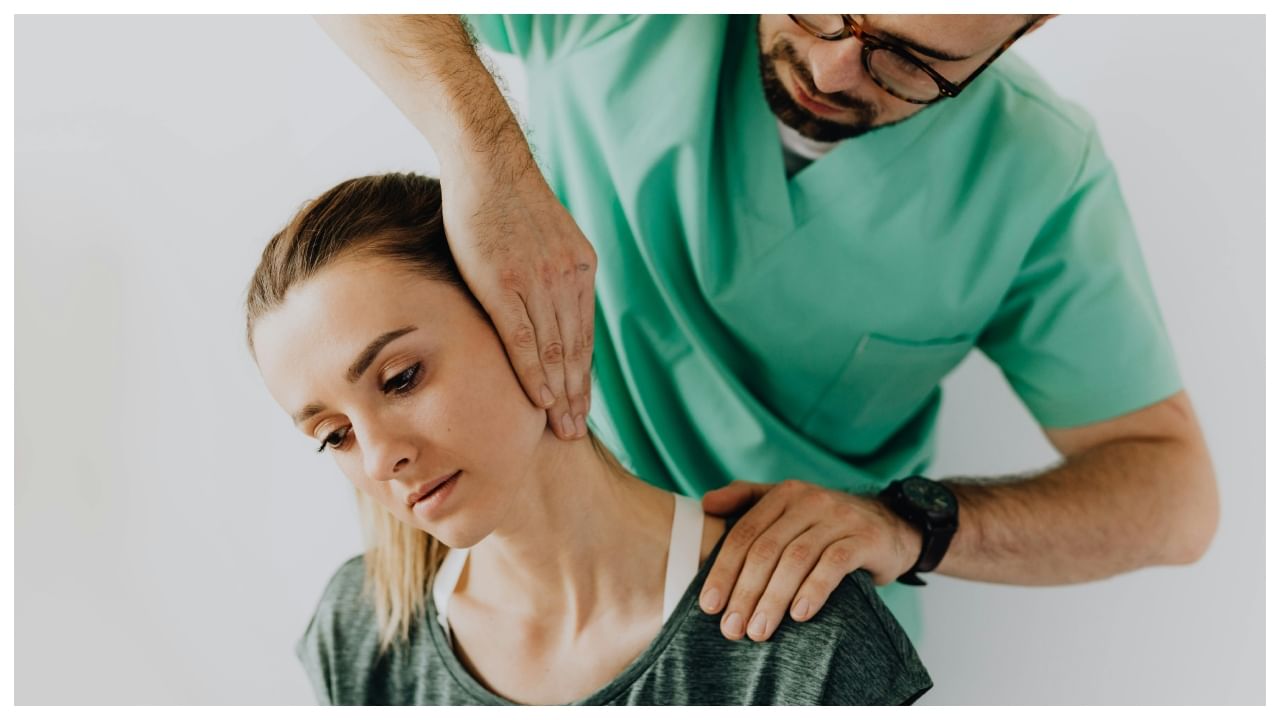New Delhi: As the temperature drops, it’s common to feel your joints getting stiffer and more uncomfortable. Physiotherapists say the cold can tighten muscles, thicken joint fluid, and slow blood flow, making movement harder. The good news is, with a few simple habits—like staying warm, active, and consistent—you can keep your joints flexible and pain-free all winter long.
In an interaction with News9Live, Dr. Dharam P. Pandey, Director & HOD, Physiotherapy & Rehabilitation Sciences, HCMCT Manipal Hospitals, Dwarka, Delhi, explained how the winter chill can worsen joint stiffness. The expert went on to share some simple tips for easy mobility while mitigating discomfort.
- Stay Active and Keep Moving: It’s tempting to curl up indoors during winter, but inactivity can worsen joint stiffness. Gentle, consistent movement helps keep joints lubricated and muscles strong. Begin each day with light warm-ups, such as marching in place, wrist or ankle circles, or a brisk 5–to 10–minute walk, to boost circulation.
- Low-impact exercises: Opt for low-impact exercises that are easy on the joints–such as swimming in a heated pool, yoga, tai chi, cycling, or using an elliptical trainer. These activities improve flexibility and strengthen muscles without overloading your joints. Simple bodyweight exercises, such as squats, wall push-ups, or leg lifts, can also help by strengthening muscles that act as natural shock absorbers. If your job or routine involves sitting for long hours, take a short break every 30–45 minutes to stretch or walk around. These brief movements prevent stiffness from setting in.
- Keep Your Joints Warm: Cold weather can quickly tighten muscles and ligaments, so keeping your body warm is essential. Dress in layers to trap heat and protect vulnerable areas like knees, hands, and ankles. Use heat therapy—warm baths, heating pads, or hot compresses—to ease sore joints and improve circulation. Invest in thermal wear and accessories like gloves, socks, or knee warmers for extra comfort. Also, wear shoes with good grip and insulation to avoid slips or falls on chilly, damp surfaces.
- Eat and Hydrate for Healthy Joints: Nutrition plays a major role in joint health. Incorporate anti-inflammatory foods such as fatty fish, walnuts, flaxseeds, and avocados. These are rich in omega-3 fatty acids, which help reduce inflammation. During winter, vitamin D levels often drop due to limited sunlight, so include vitamin D-rich foods like eggs, fortified cereals, or supplements (after consulting your doctor). Don’t overlook hydration—even in cooler weather. Drink enough water and herbal teas to maintain joint lubrication and circulation.
Know When to Seek Help
You may consult a physiotherapist or orthopaedic specialist if stiffness or pain persists despite these measures. Professional guidance can offer great help in identifying the root cause and provide targeted exercises or therapy to restore comfort and mobility. Winter doesn’t have to mean joint pain if you are mindful of a mix of warmth, movement, and nutrition. All you need is a proactive approach to keep your joints strong and in good shape, and ready for every season ahead.
